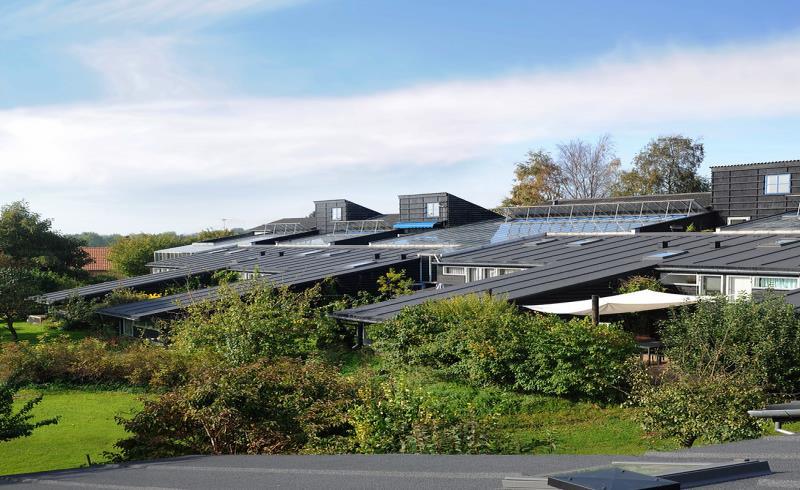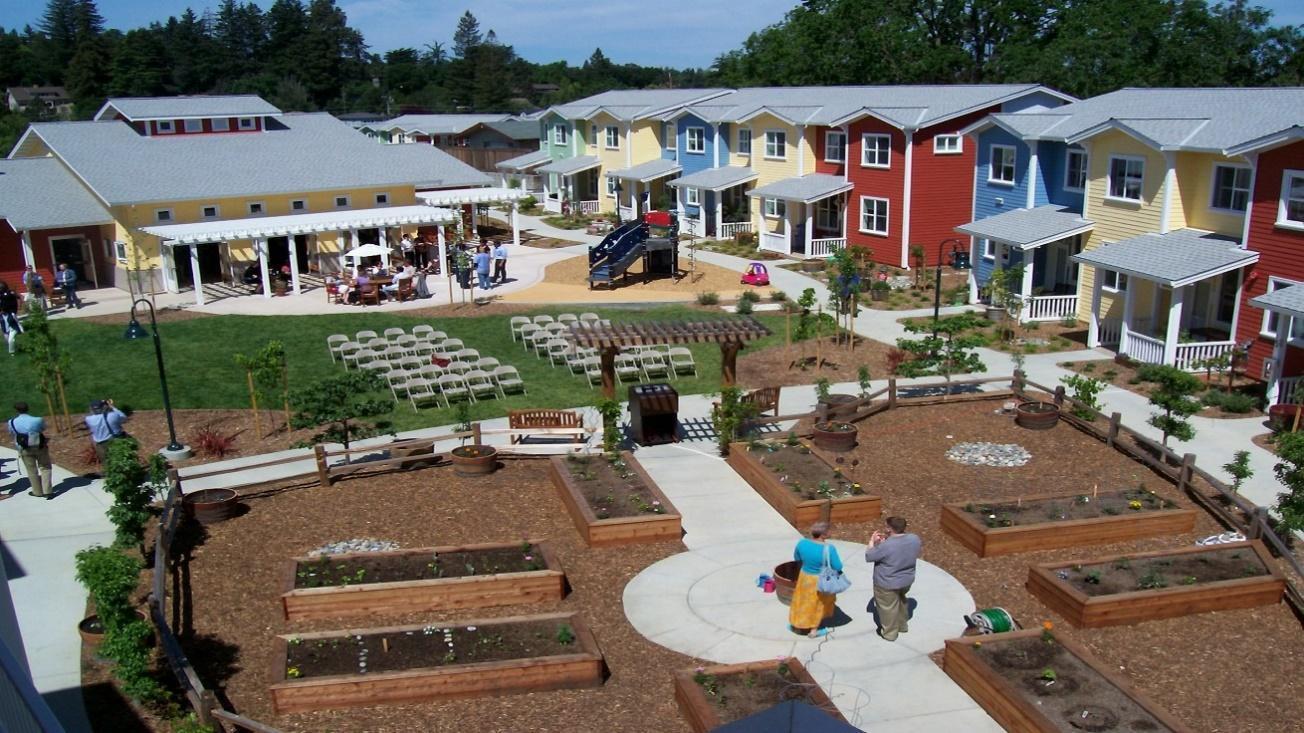
3 minute read
3. URBAN COMMUNITIES
The community can take several different forms and is not as homogeneous as it was believed to be there in the pre-industrial period when this was largely fostered by the families or as a unit within a closed community. The contemporary community could take the form of personal interactions or longterm connections between people.
Even though the city now has a diverse range of communities, we believe that for new urban communities to grow, the city must be perceived as a common, shared grazing ground that everyone must protect. By carefully planning the urban landscape, bringing together a broad group of people, and forcing and encouraging them to interact, these communities can target various people, different engagements, and different needs.
Advertisement
3.1. INTRODUCING COHOUSING IN URBAN COMMUNITIES
The introduction of urban fabric living will create a new agenda, exposing new lifestyles that emphasize living together and integrating city design in the fight against loneliness. The next chapter will introduce the notion of community housing, which was first introduced in Denmark in 1967 as a means of addressing a societal issue. From Saettedammen, the first cohousing, to UrbaniaCPH, a community house still in the planning stages, three Danish communities living together will be studied. These three examples show varied motivations for starting a community, and we'll look at some of them. This chapter also focuses on how regular low-cost housing should be viewed in the context of urbanization.
4. THE NOTION OF COHOUSING

There are a few ways to identify a place to reside on a worldwide scale, and it largely depends on the context in which one seeks ideas. Cohousing is a sort of home that combines privacy and is open to a sense of community. The two dwellings could be the only ones in the area, but they're only a block away from a public building or a building with reckless accommodation planned for the area. It isn't a particularly noteworthy construction. What matters is that community members commit in a spirit of commitment to a variety of practical and social duties in everyday life. However, there is indeed a great level of isolation, as well as the possibility of retreating to private dwellings. Although living space provides a certain level of privacy, the concept of coexistence spans a wider focus, where young people, families with children, and adults can live together.
As a result of the large-scale integration of resources via communal areas, socialization has resulted in an increase in loneliness in the city. In the spirit of creating cohesion, parts of each area are supplied for the benefit of the community and directed to the same locations, where everyone has access to a unified vision. Housing can be incompatible with our current environment. Sharing automobiles, electronics, consumables, or resources, living a natural or sustainable life, or a passion for caring for the needs of others are all examples of social responsibility. It is vital to analyze the present cohabitation of incentives and diverse approaches to understand the reason for integrated housing development and the process linked to the creation of these houses. Furthermore, it is critical to comprehend the influence of integrated housing and integrated plans in the neighbourhood to facilitate communication at new meetings.
4.1.
The expansion of bofaelleskab (group settlement) in various parts of Denmark started in the 1970s and has persisted to this day. The first cohousing was developed for 27 families near Copenhagen by a Danish architect and psychologist, with Bodil Graae's 1967 serving as inspiration in the article, All Children Must Have 100 Parents''. During a tour to Denmark in the 1980s, Charles Durrett and Kathryn McCamant of the United States found inspiration in this original test of the union. Citizens, particularly those from the middle class who have had a great education, have access to private and communal common spaces that are created to the excellent design specifications. Although these initiatives were rarely political or religious, they did show a connection between adults, students, and low-income people.
4.2. COOPERATIVE HOUSING IN INDIA
Cohousing contrasts with co-ops in that it allows both individual housing ownership while still incorporating the development of commonly-shared spaces. Co-operatives, on the other hand, have a lot in common with cohabitation, especially in terms of governance, design development, and concepts about social, economic, and environmental sustainability. In India, coalition houses have been in operation since the early 1900s in the Bombay region (now Maharashtra). Although the movement began about 90 years ago, it flourished in the 1950's following World War II and India's independence (Khurana, 2002). In India, one of the key motivations for the development of cooperatives was the government's inability to provide homes for the rapidly rising population. In addition, it has been recognized that it will be extremely difficult to provide affordable and inclusive housing without the involvement of end-users and the private sector (Tiwari and Rao, 2016).






